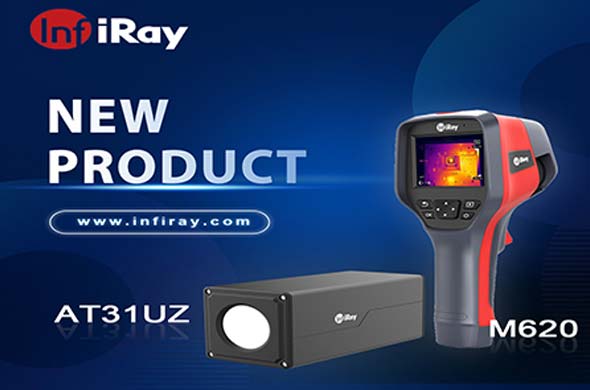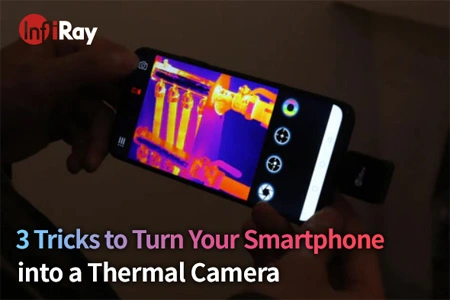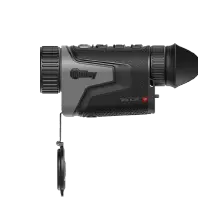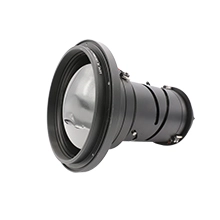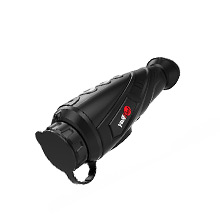Ensuring Energy Efficiency for Buildings or Homes with Thermal Camera
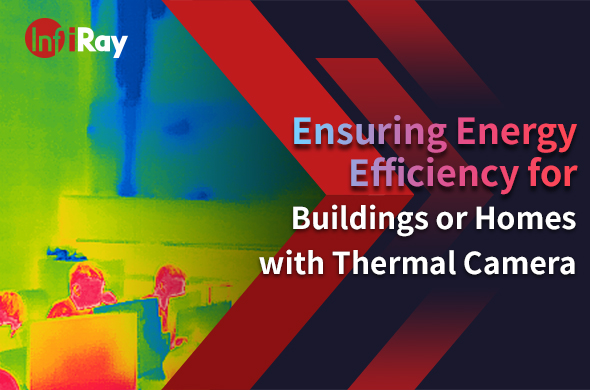
As winter approaches and the cold invades further, the issue of energy loss becomes increasingly prominent in everyday life. In an era where sustainability is paramount, optimizing energy efficiency in buildings and homes has become a top priority. One innovative tool that has gained prominence in this quest is the thermal camera.
Understanding Thermal Imaging
Thermal cameras, also known as infrared cameras, operate by detecting heat signatures emitted by objects. Unlike traditional cameras, they visualize temperature variations, enabling a comprehensive assessment of a structure's thermal performance. These devices can detect invisible issues, making them invaluable for energy audits.
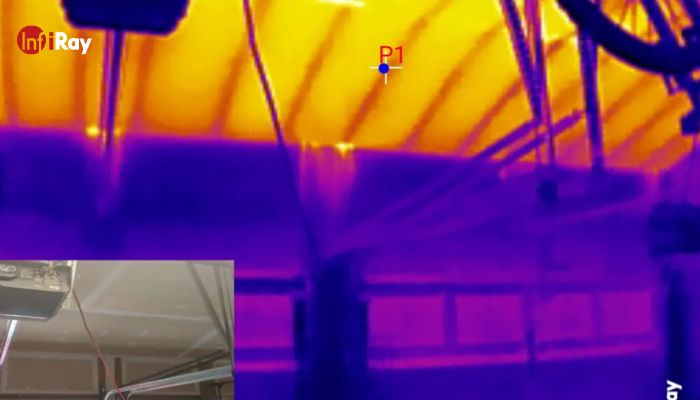
Identifying Energy Loss Areas
Common sources of energy loss, such as poorly insulated areas, drafts, and inefficient windows, often go unnoticed. Thermal imaging cameras, however, excel in pinpointing these weaknesses. By capturing thermal images, they reveal where heat is escaping or infiltrating, allowing for precise interventions.
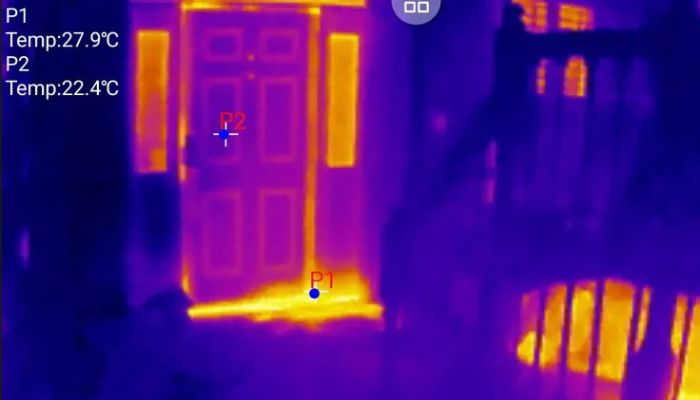
Conducting Thermal Audits
Using a thermal camera for energy audits is a straightforward process. Begin by scanning the entire building, focusing on walls, windows, and doors. Hotspots or cold spots in the images indicate potential problems. Seeking professional assistance ensures a thorough assessment and reliable recommendations for improvements.
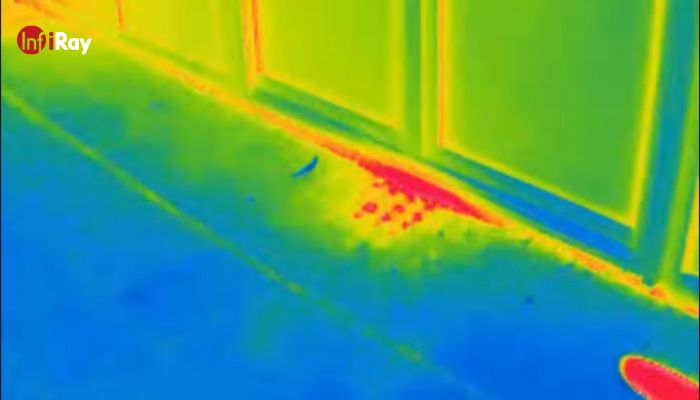
Implementing Energy-Efficient Solutions
Once energy loss areas are identified, the next step is implementing effective solutions. Thermal images guide the prioritization of upgrades, whether it's adding insulation, sealing gaps, or upgrading windows. This targeted approach ensures maximum impact with minimal disruption and cost.
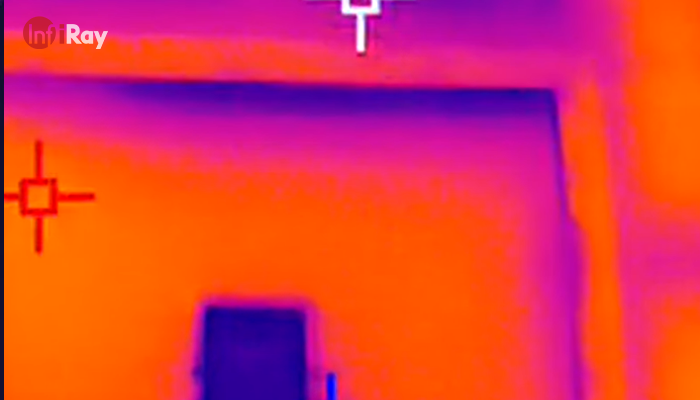
Benefits of Using Thermal Cameras
1. Rapid and Precise Insights
Thermal cameras provide swift and accurate assessments, offering a real-time visual representation of a building's thermal characteristics. Unlike traditional methods that may require time-consuming manual checks, thermal imaging delivers instant insights into temperature differentials, enabling quick decision-making for optimal energy efficiency upgrades.
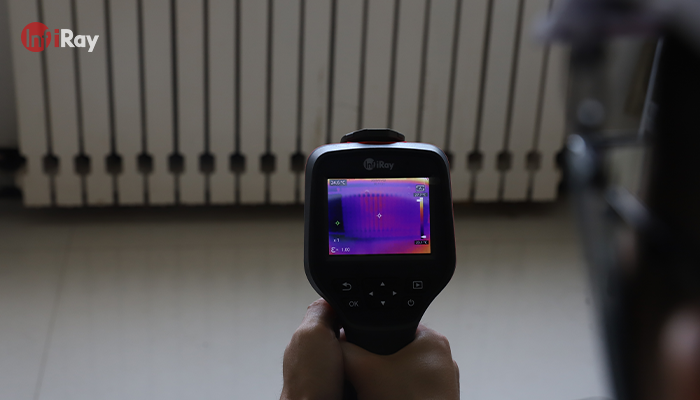
2. Detection of Hidden Issues
The magic of thermal cameras lies in their ability to unveil concealed problems. By capturing infrared radiation, these devices expose hidden energy loss areas, such as insulation gaps, thermal bridges, and air leaks, that might escape the naked eye. This advanced detection capability ensures a thorough audit, addressing issues that might otherwise go unnoticed.
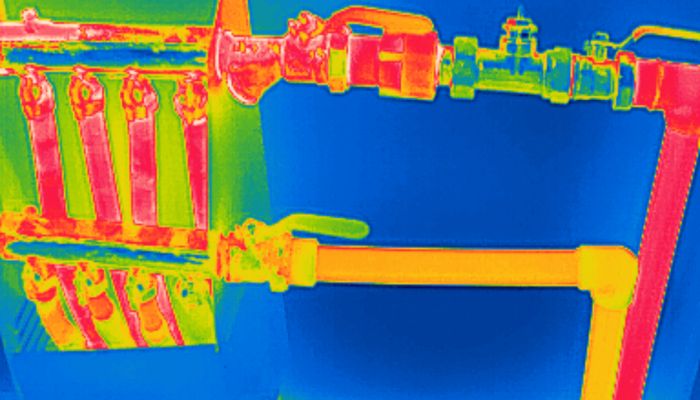
3. Cost-Effective Solutions
Implementing energy-efficient upgrades can often be perceived as an expensive endeavor. However, thermal imagers contribute to cost-effectiveness by precisely identifying priority areas for intervention. This targeted approach helps in optimizing resources, directing efforts and investments where they will have the most significant impact, thereby minimizing unnecessary expenses.
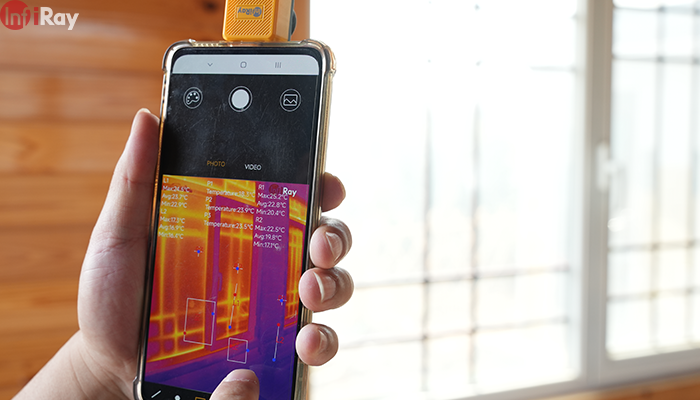
4. Minimized Disruption during Audits
Traditional energy audits may involve invasive procedures, disrupting daily activities within a building. Thermal cameras, on the other hand, operate non-intrusively. Their non-contact nature allows for assessments without disturbing occupants, making them ideal for both residential and commercial settings.
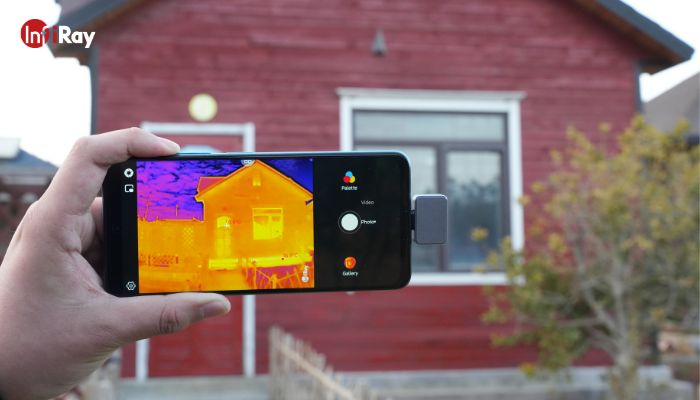
5. Enhanced Building Performance
The data provided by thermal cameras goes beyond identifying problems; it serves as a blueprint for enhancing overall building performance. By addressing energy inefficiencies, occupants experience improved thermal comfort, reduced energy bills, and a more sustainable living environment.
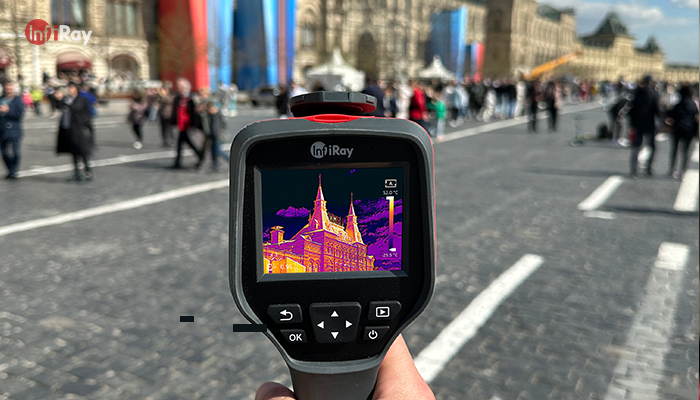
6. Environmental Impact Reduction
Sustainable living goes hand in hand with reducing our environmental footprint. Thermal cameras play a pivotal role in this by aiding in the identification and rectification of energy wastage. The resulting energy savings contribute to a more sustainable future, aligning with global efforts to mitigate climate change.
7. Comprehensive Energy Savings
Thermal imaging allows for a holistic approach to energy optimization. By examining the entire building envelope, from roofs to foundations, thermal imagers ensure that no potential energy loss area is left unaddressed. This comprehensive strategy maximizes the impact of energy-efficient upgrades, leading to substantial and enduring savings.
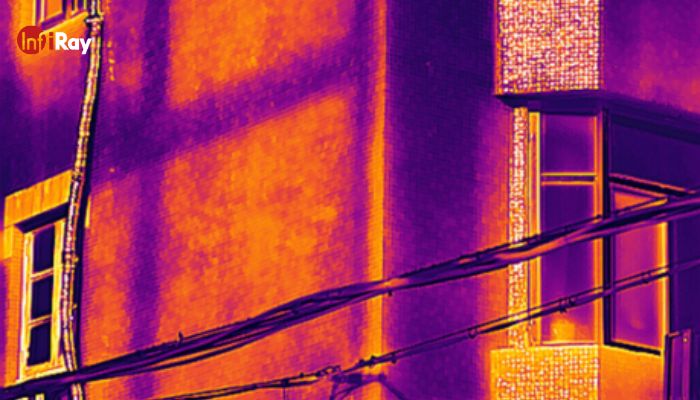
8. User-Friendly Operation
Incorporating thermal cameras into energy assessments is not reserved for experts alone. These devices are user-friendly, allowing homeowners and building managers to conduct initial checks independently. This democratization of energy efficiency empowers individuals to take proactive measures in enhancing their living spaces.
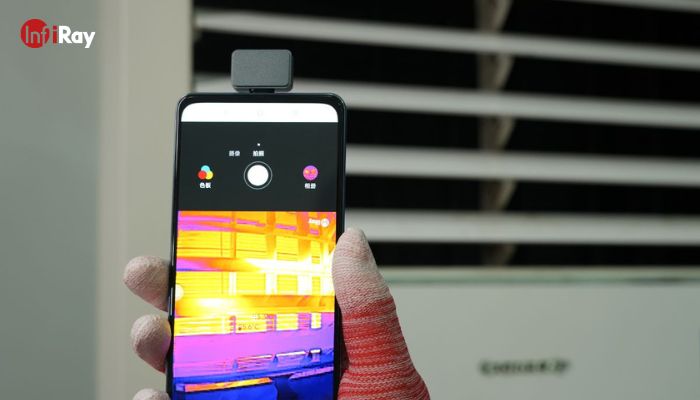
Best Practices for Regular Monitoring
Ensuring sustained energy efficiency requires regular monitoring. Thermal cameras can be integrated into routine maintenance schedules, allowing for early detection of potential issues. DIY energy checks using those tools empower homeowners to proactively identify and address emerging inefficiencies.
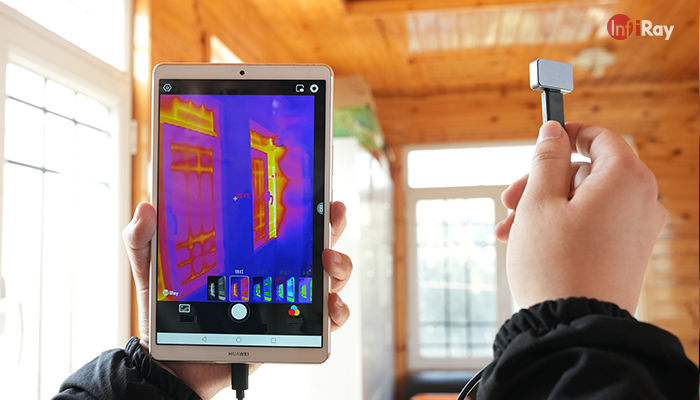
Thermal cameras have emerged as indispensable tools in the pursuit of energy efficiency for buildings and homes. Their ability to unveil hidden thermal issues, coupled with the time and cost savings they offer, positions them as valuable assets in sustainable living. As we navigate the path toward a greener future, incorporating thermal imaging into energy optimization strategies becomes a logical and impactful choice.

 français
français  Deutsch
Deutsch  Español
Español  italiano
italiano  русский
русский  português
português  العربية
العربية  日本語
日本語  한국어
한국어  magyar
magyar 






